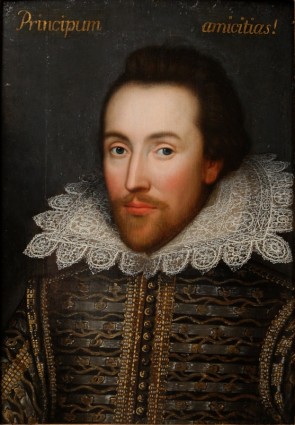Have you ever come across phrases that sound contradictory even if you know the meaning of the phrase used?
These are called "oxymorons". They are figure of speech where two opposite ideas or words are join together to form a phrase to create an effect. Some commonly heard oxymoron are “awfully pretty”, “open secret” etc.
Sometimes the words are not joined together but are in a sentence. An example will be “In order to lead, you must walk behind.” More examples of oxymoron can be found both in literature and everyday speech. Some examples are listed below:
Tragic comedy
Seriously funny
Foolish wisdom
Original copies
Liquid gas
We can also see many examples of oxymoron in literature.

(Image credit: Wikimedia Commons under Creative Commons licence)
From William Shakespeare's “Romeo and Juliet”, below is an extract from Act I, Scene I.
“Why, then, O brawling love! O loving hate!
O anything, of nothing first create!
O heavy lightness! Serious vanity!
Misshapen chaos of well-seeming forms!
Feather of lead, bright smoke, cold fire, sick health!
Still-waking sleep, that is not what it is!
This love feel I, that feel no love in this.
Dost thou not laugh?”
The phrases in bold are obvious examples of oxymoron.
These phrases causes a dramatic effect. It makes us think and ponder on the meaning of these contradicting ideas. It also helps to express the complex nature of love that cannot be explained simply.
It is certainly a love-hate relationship!




